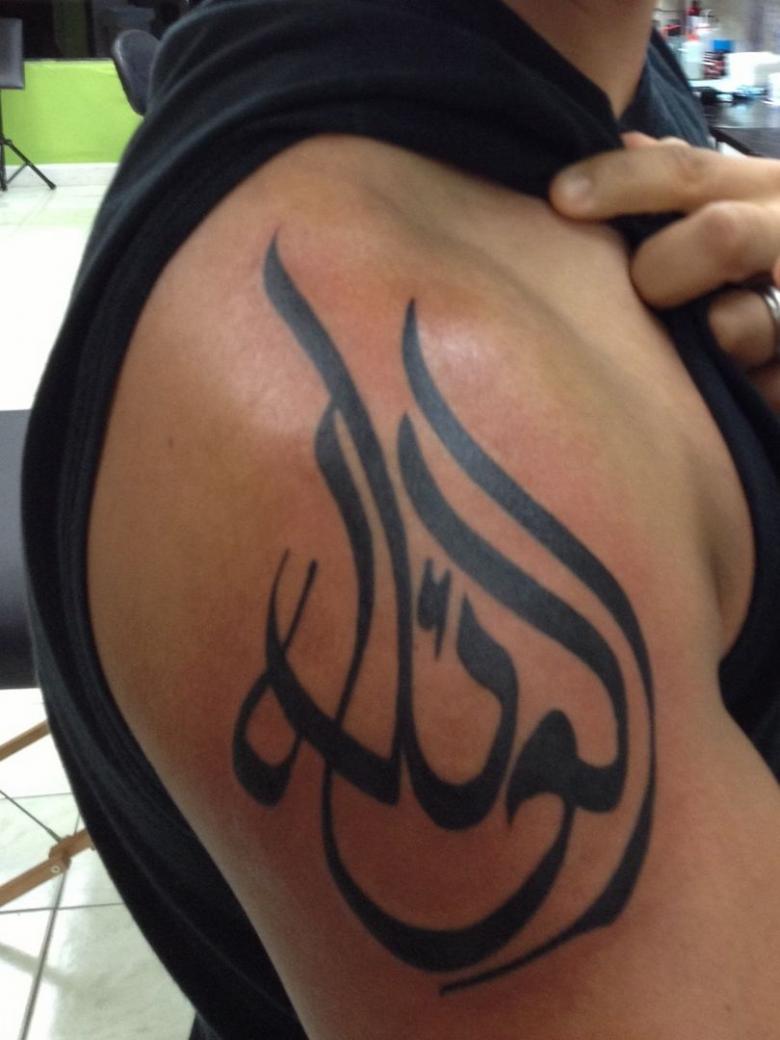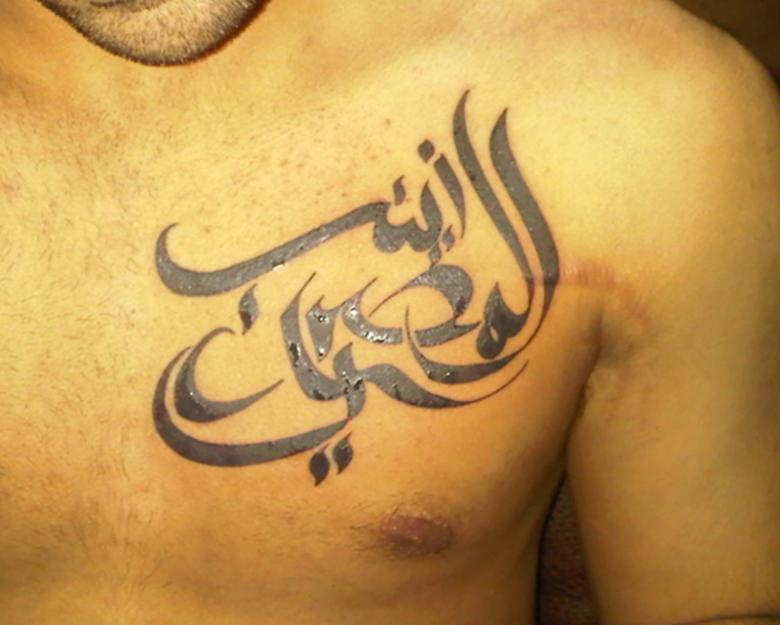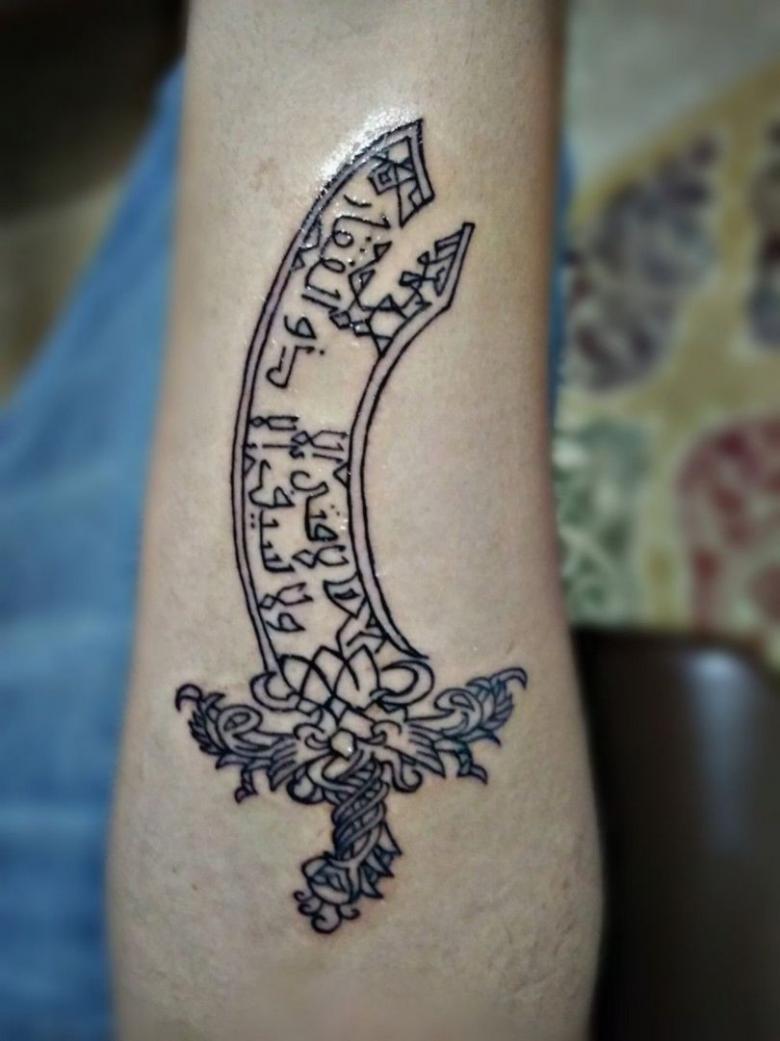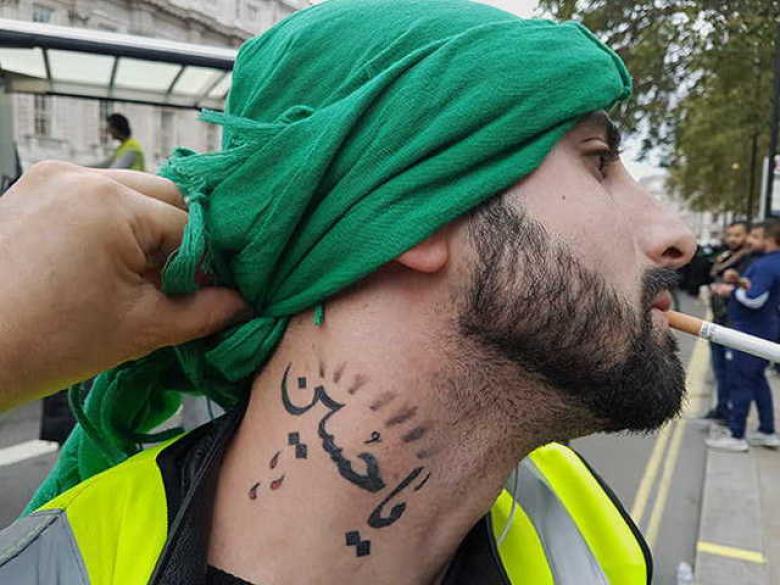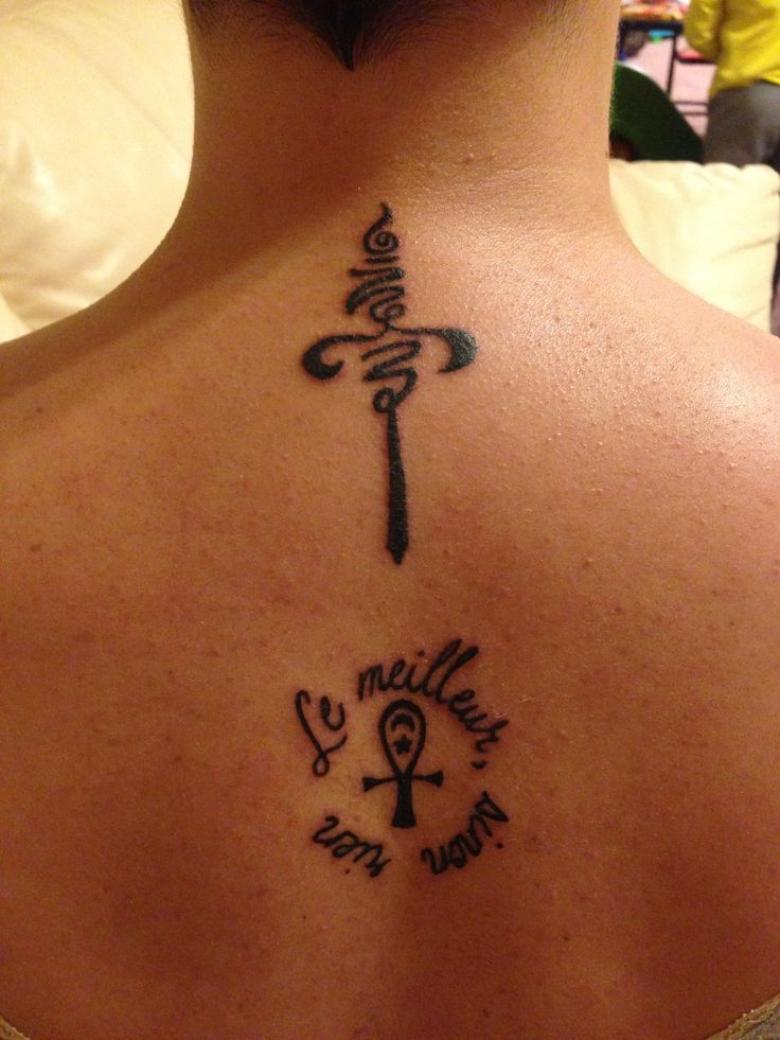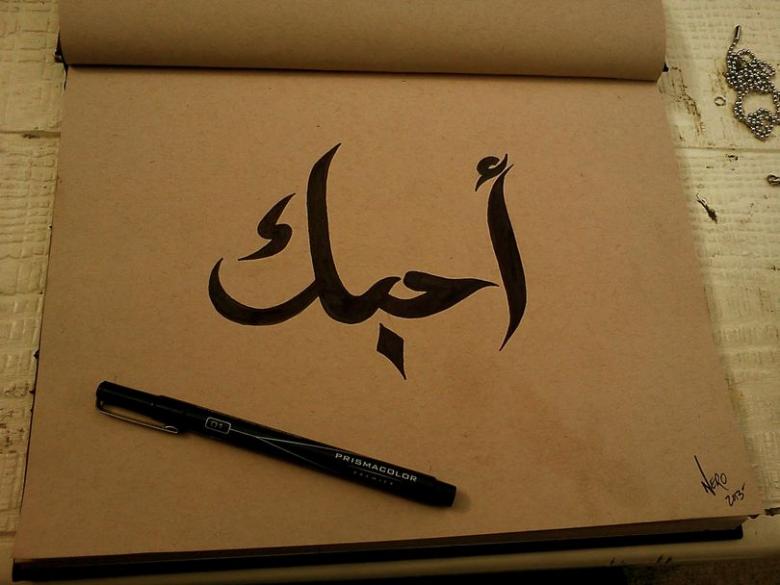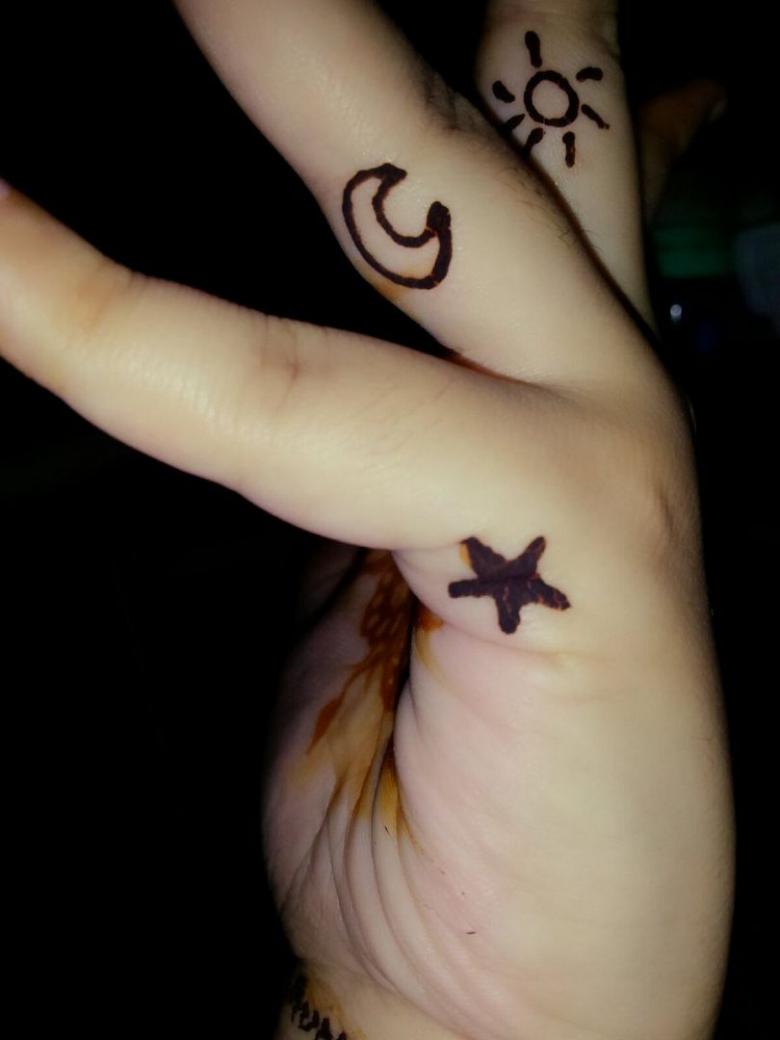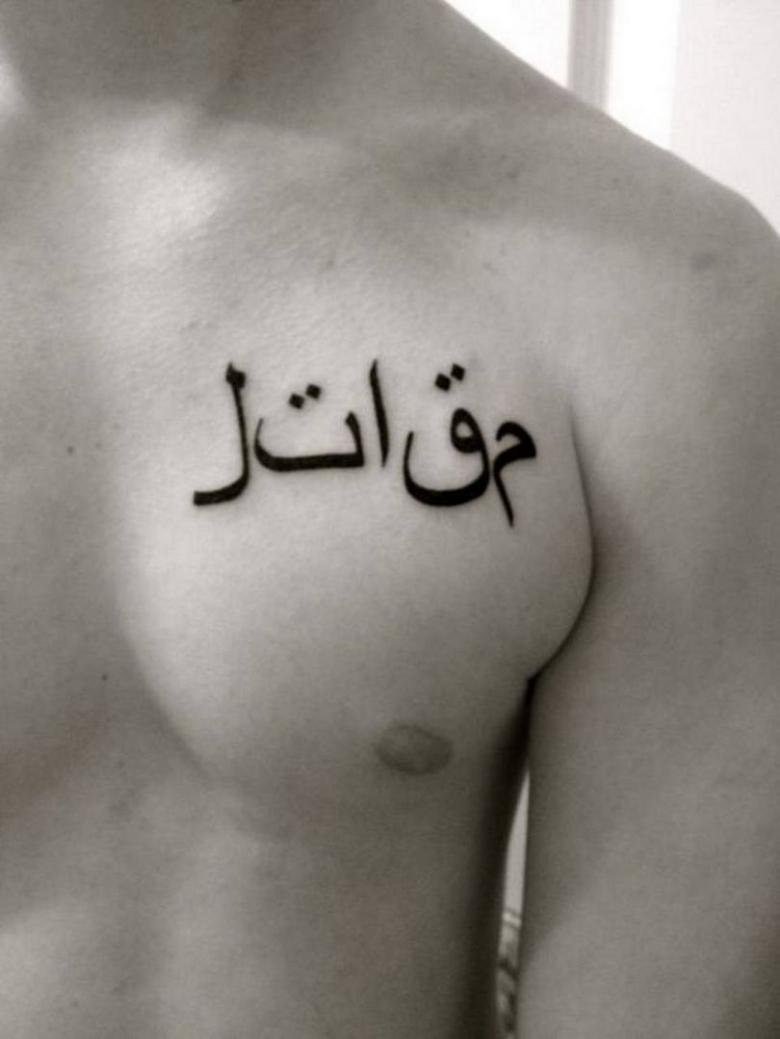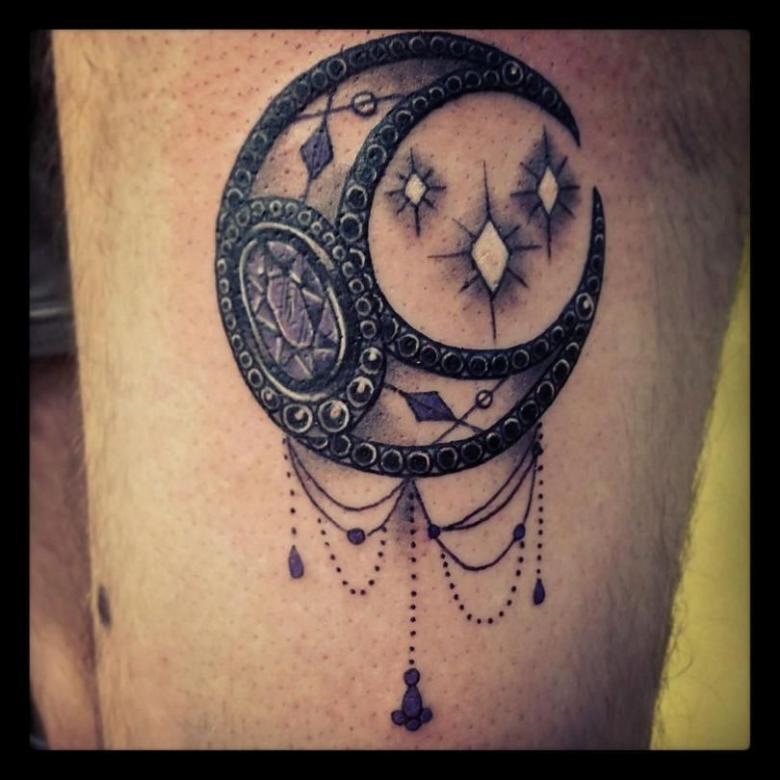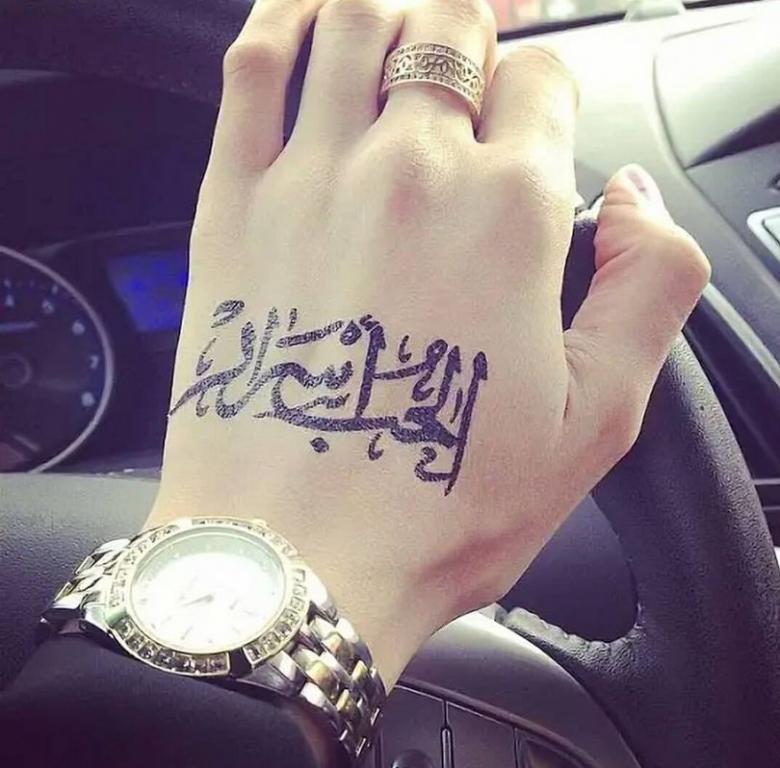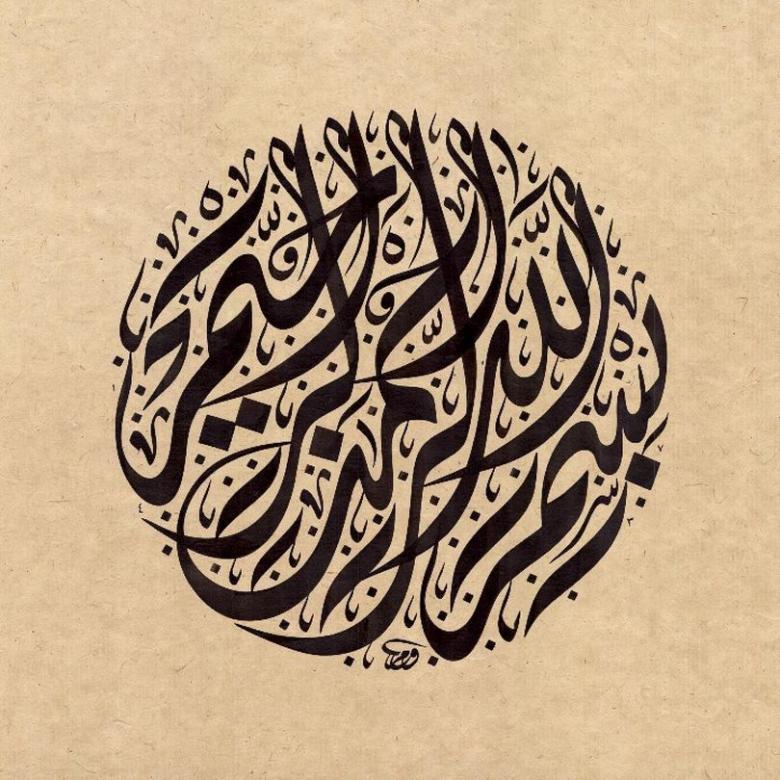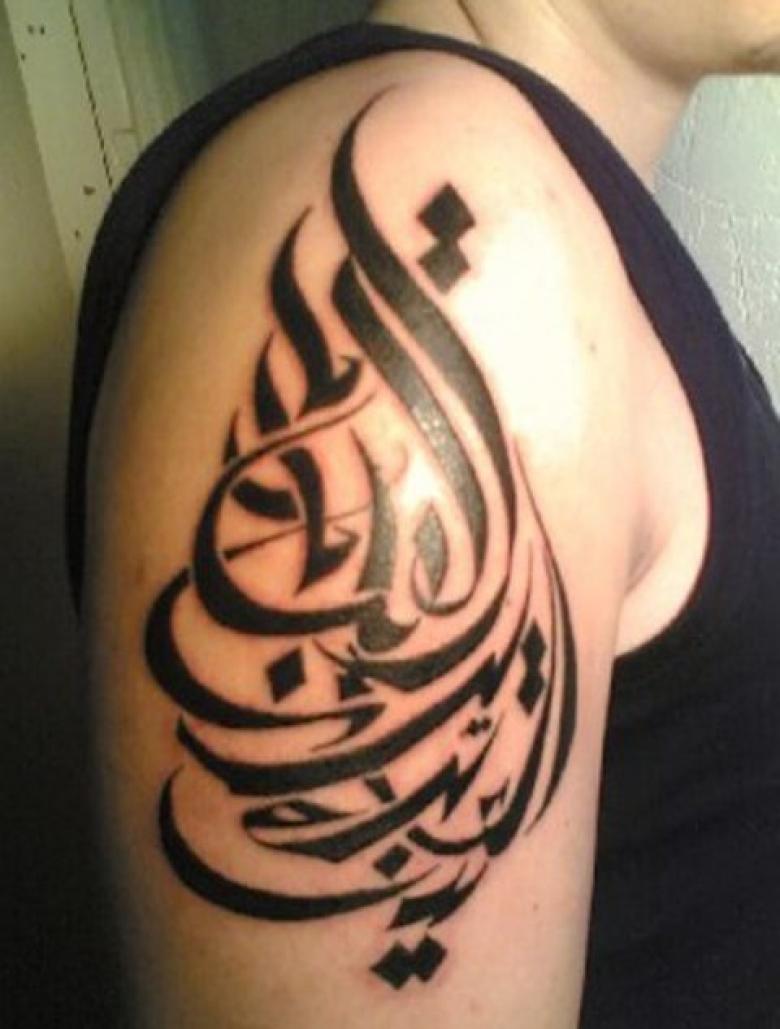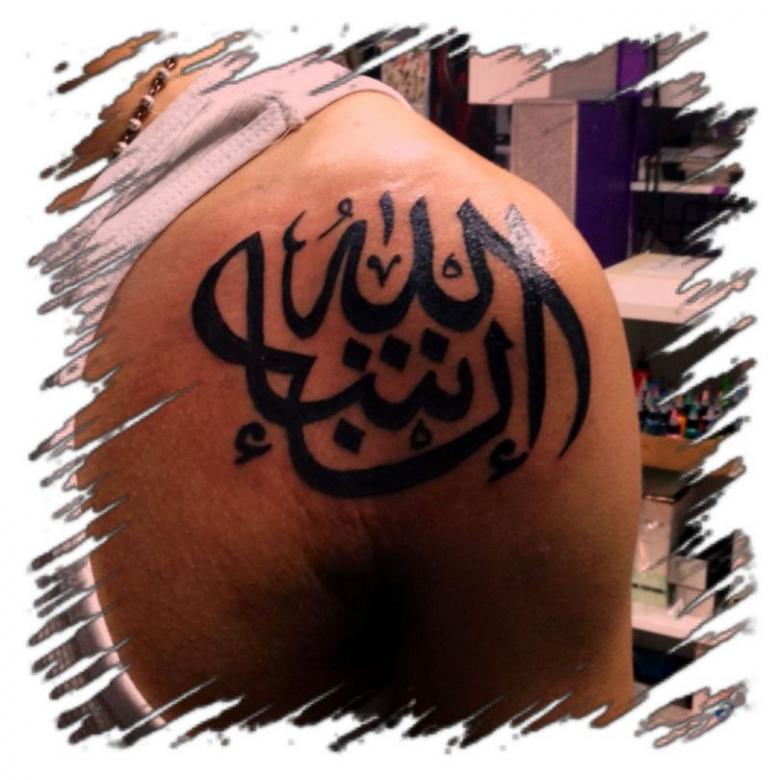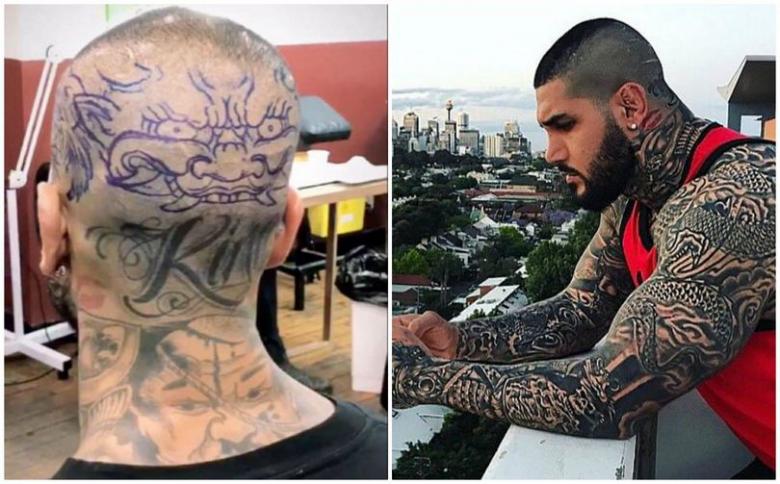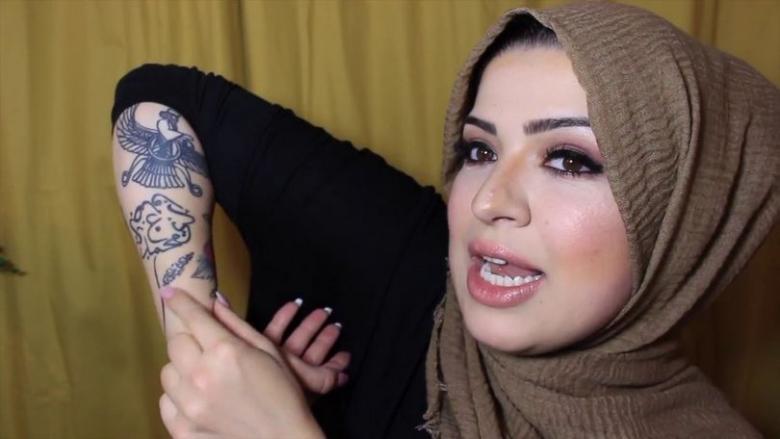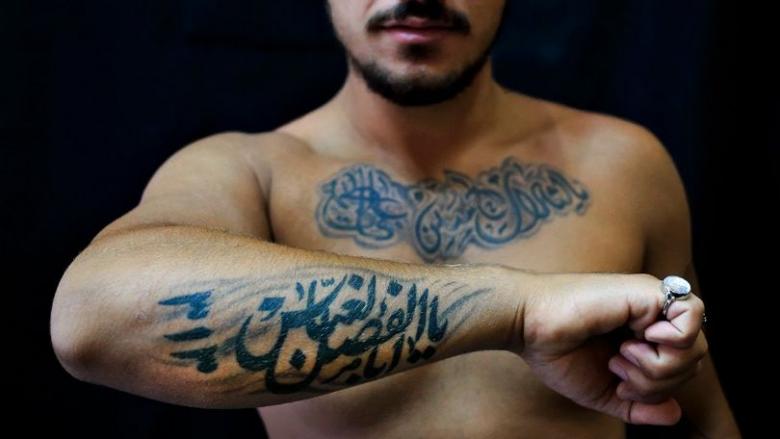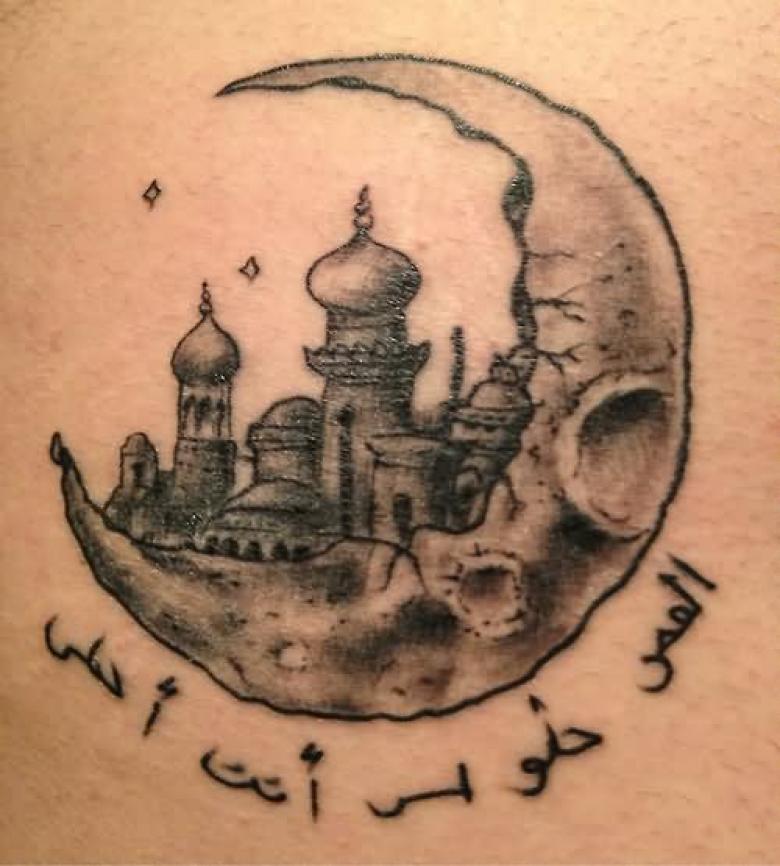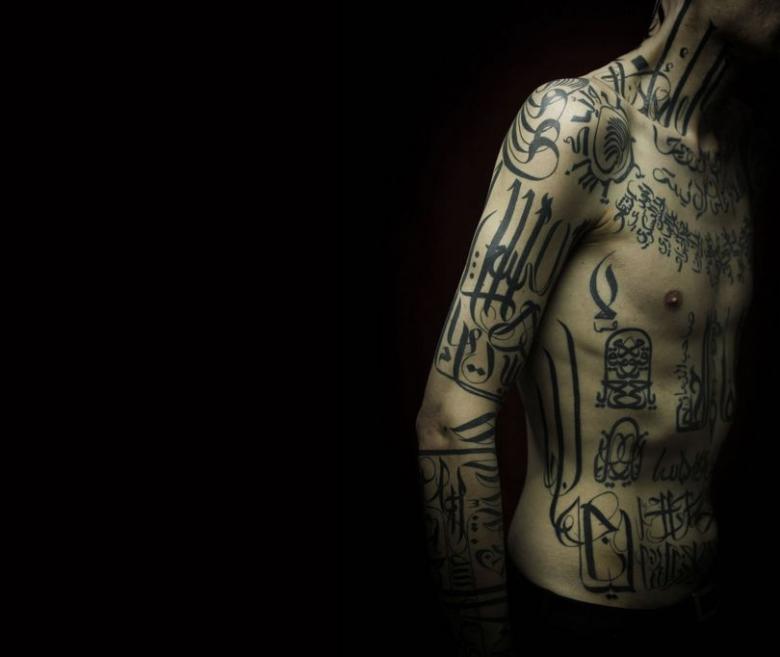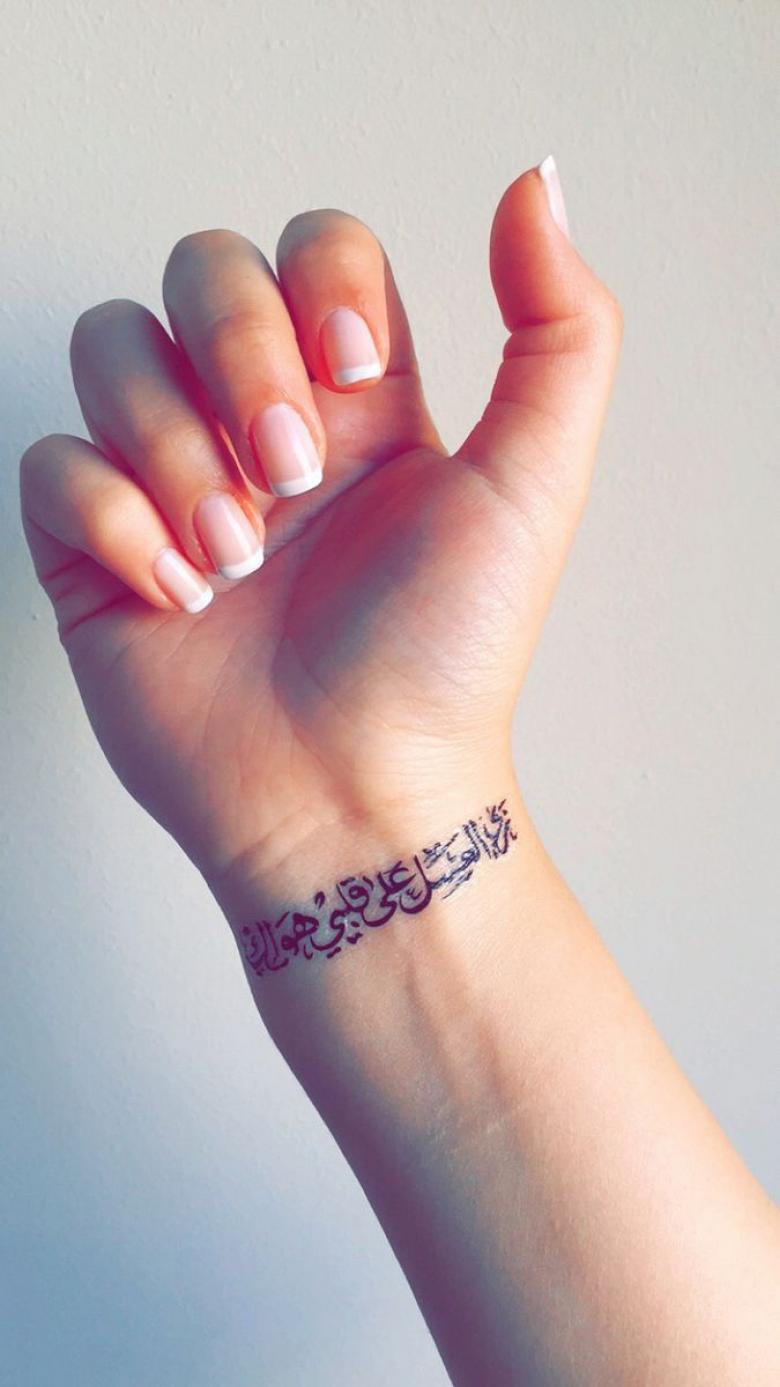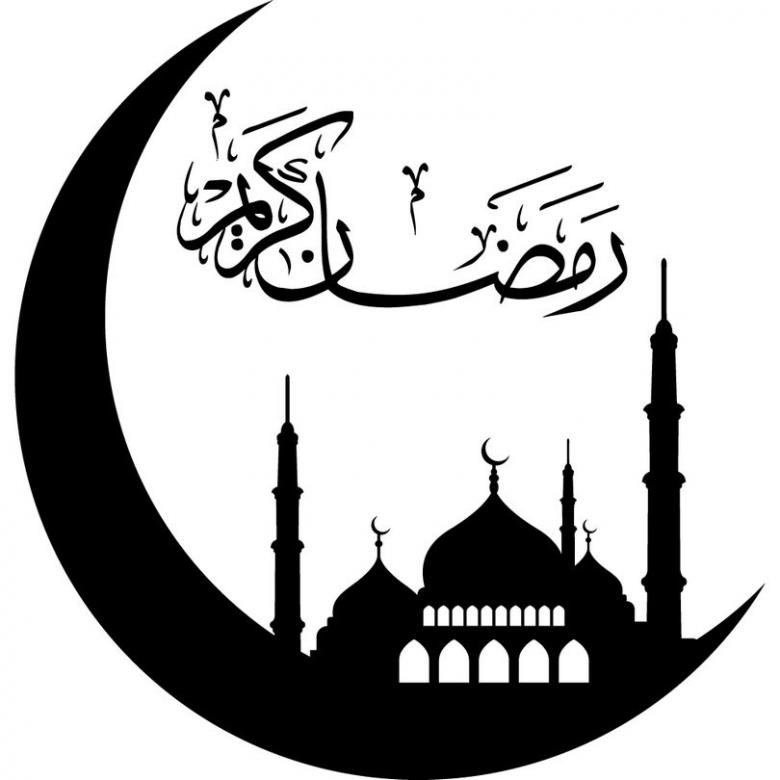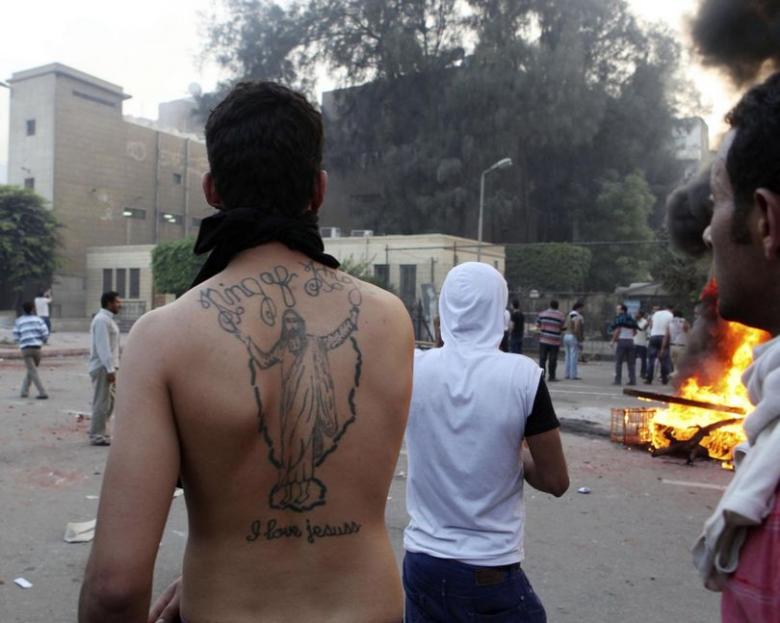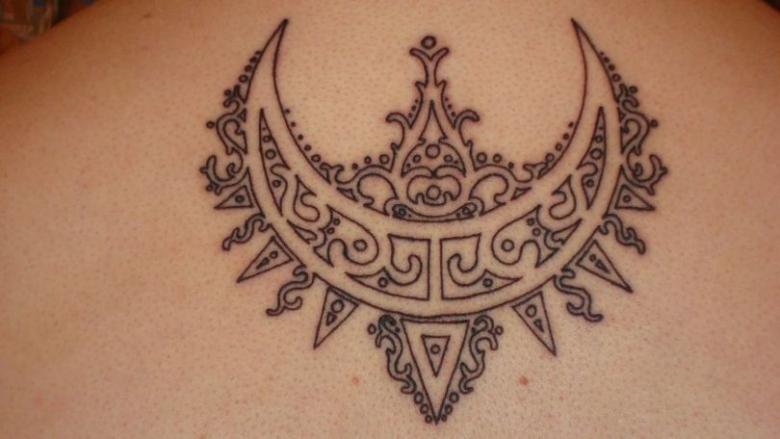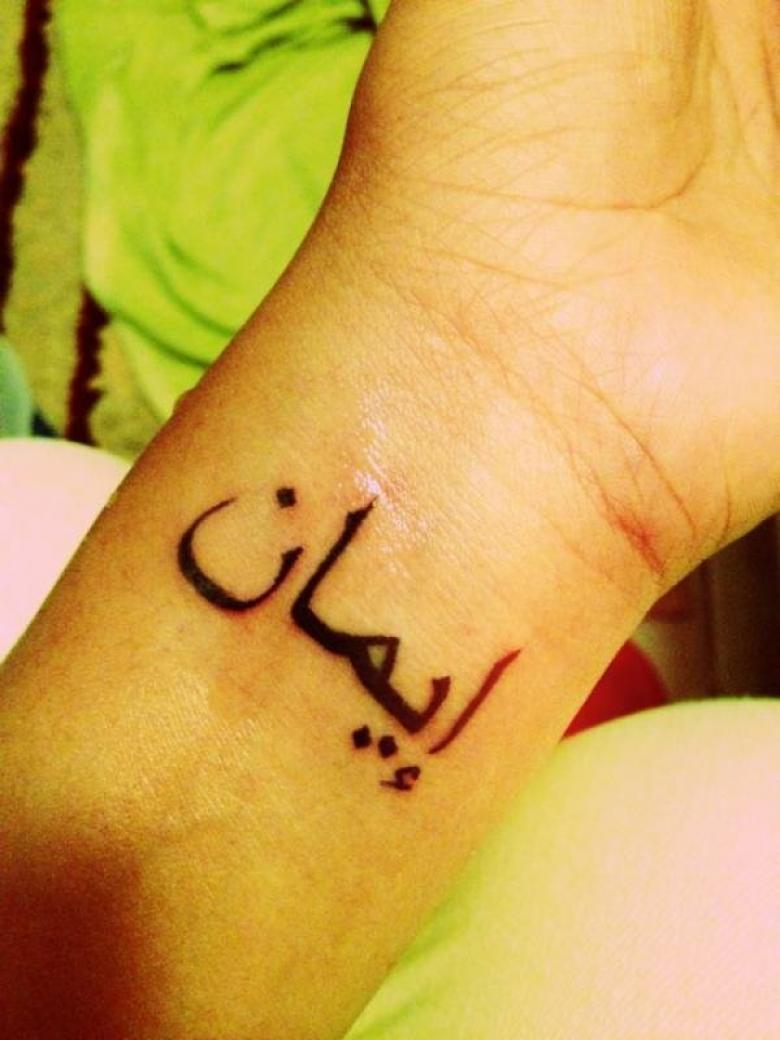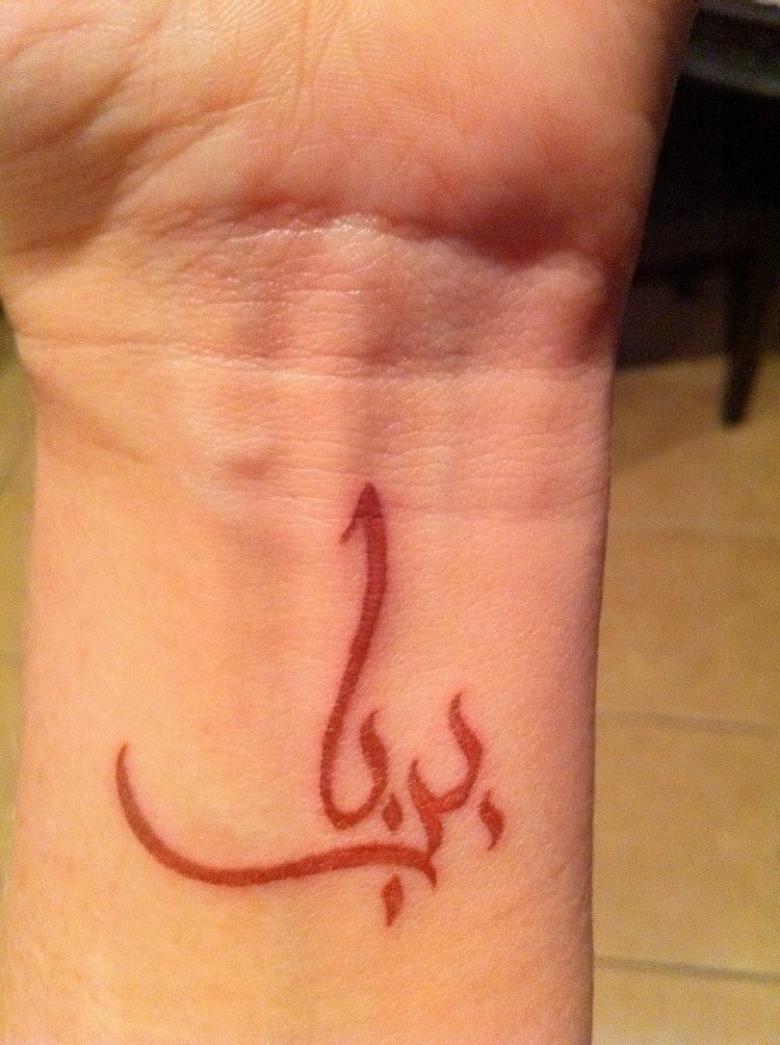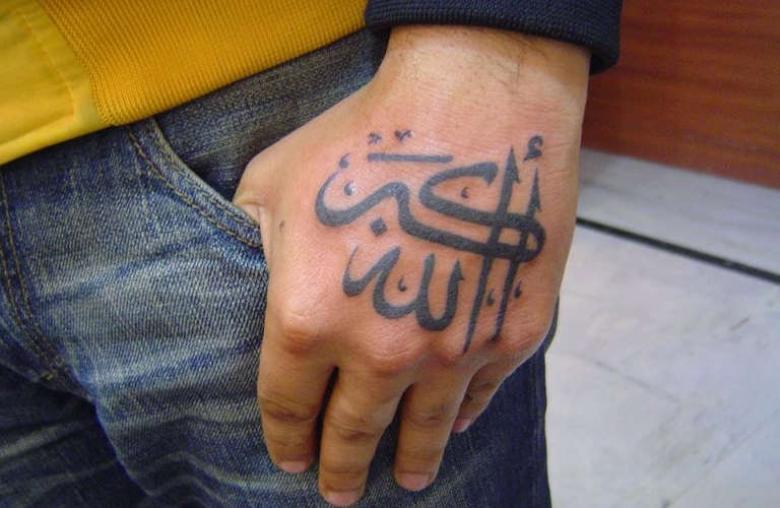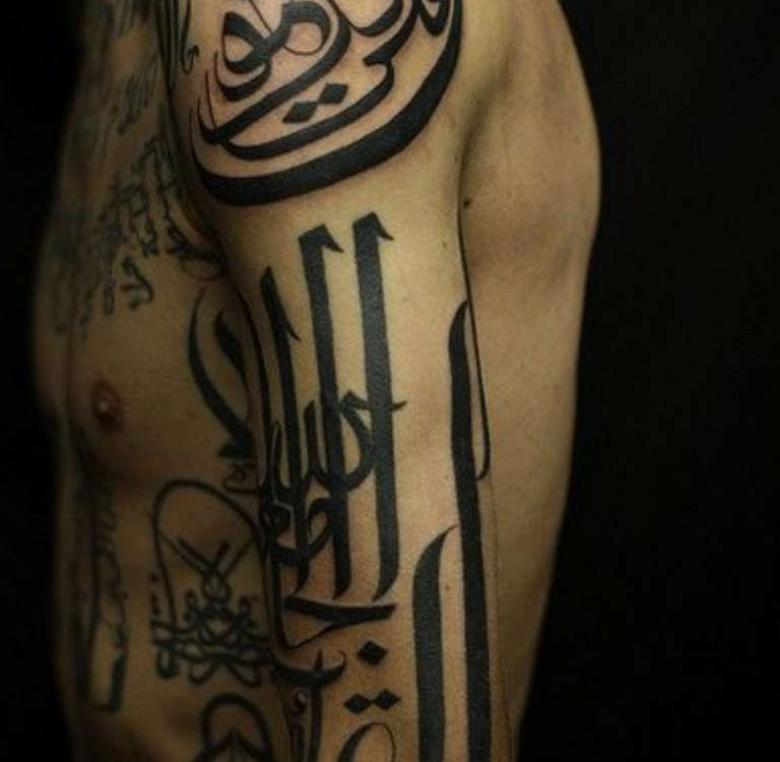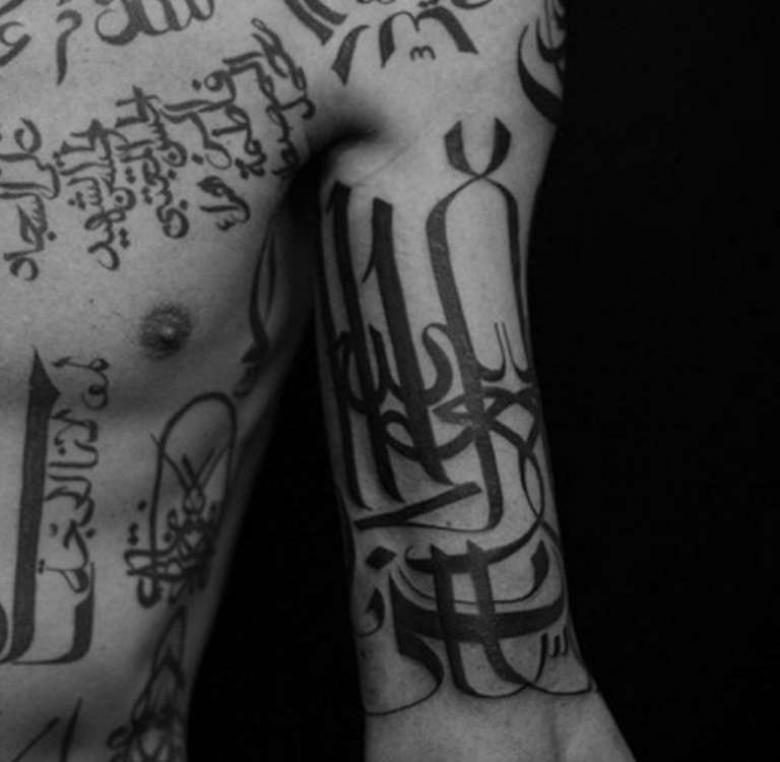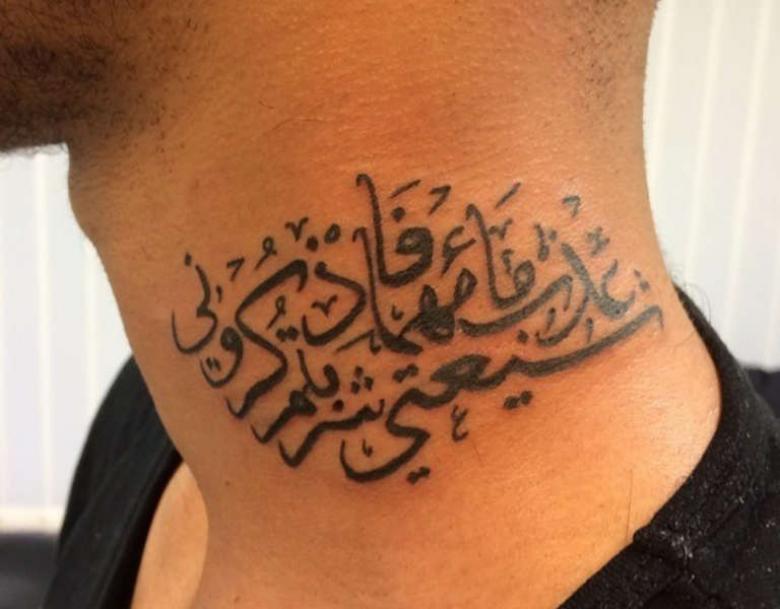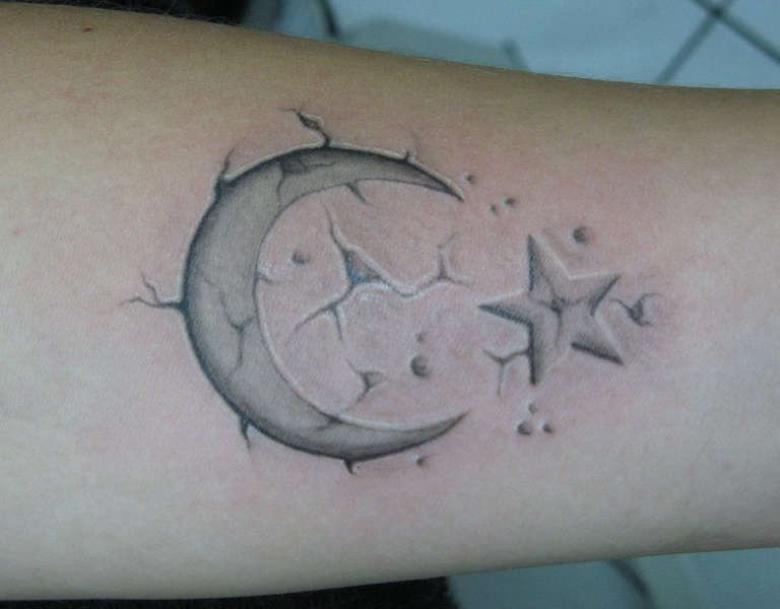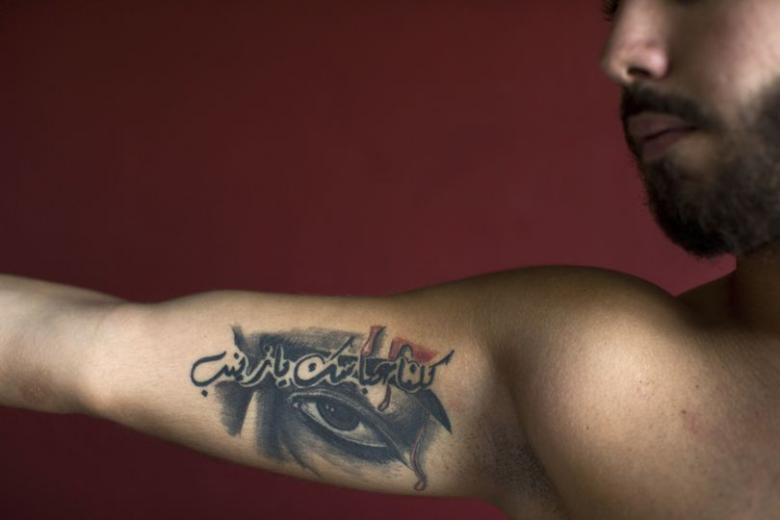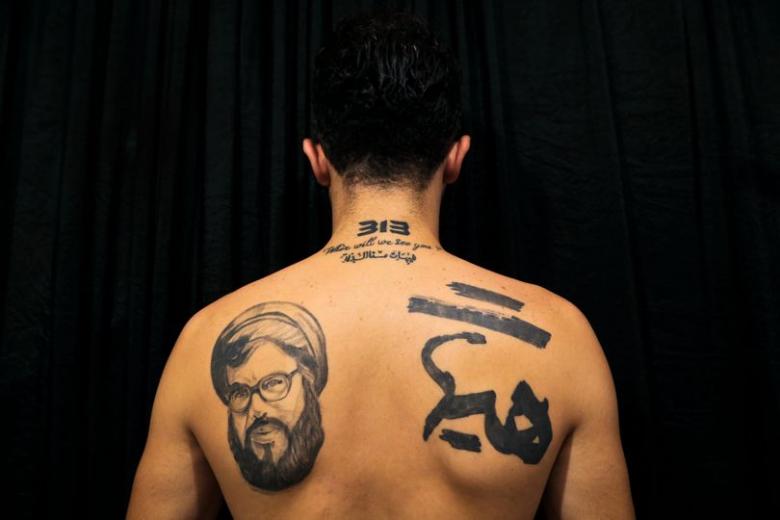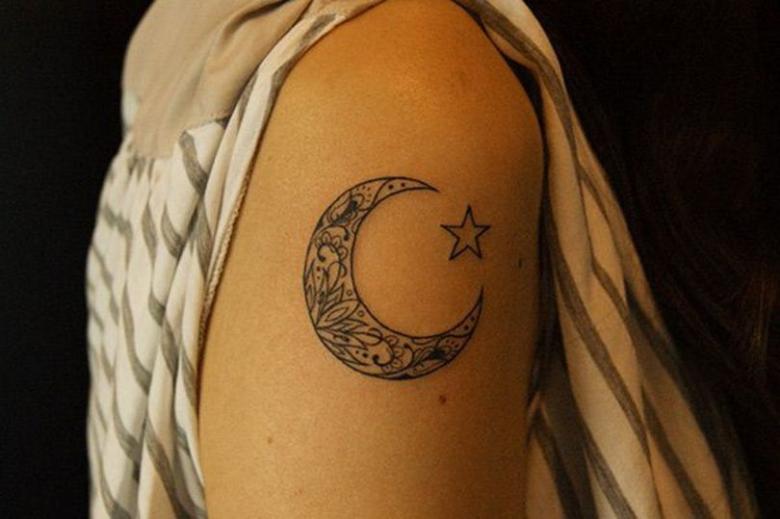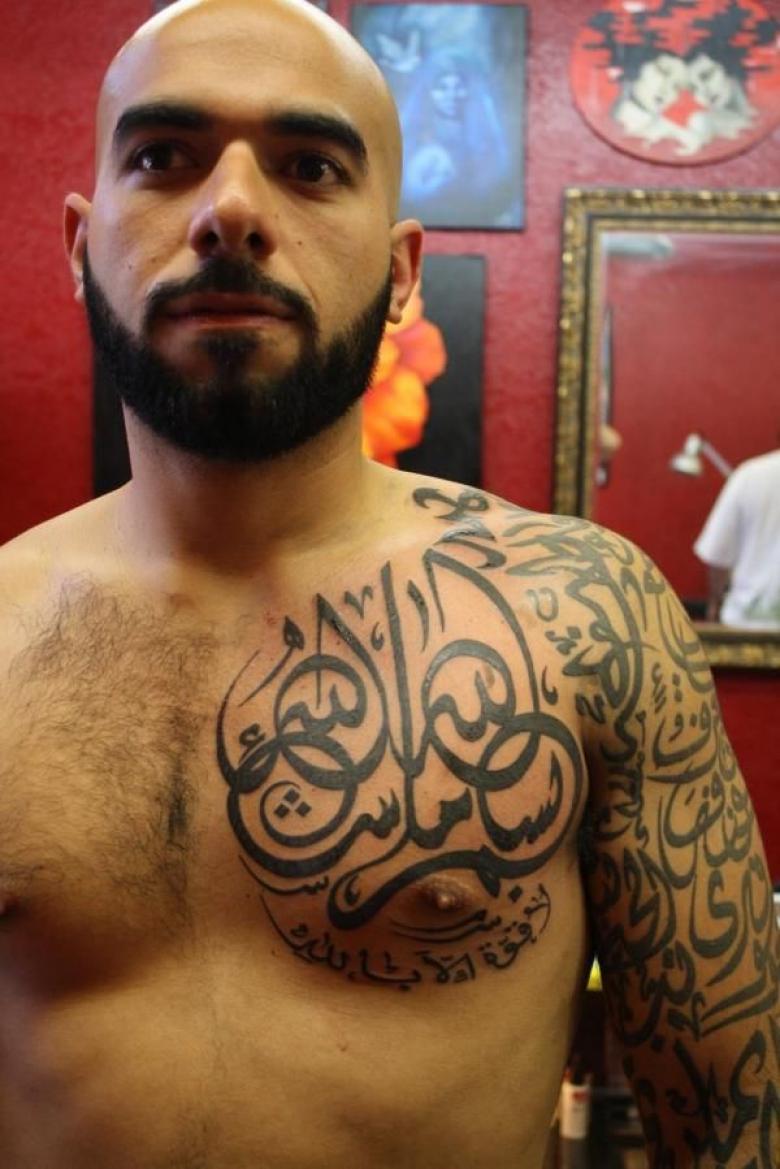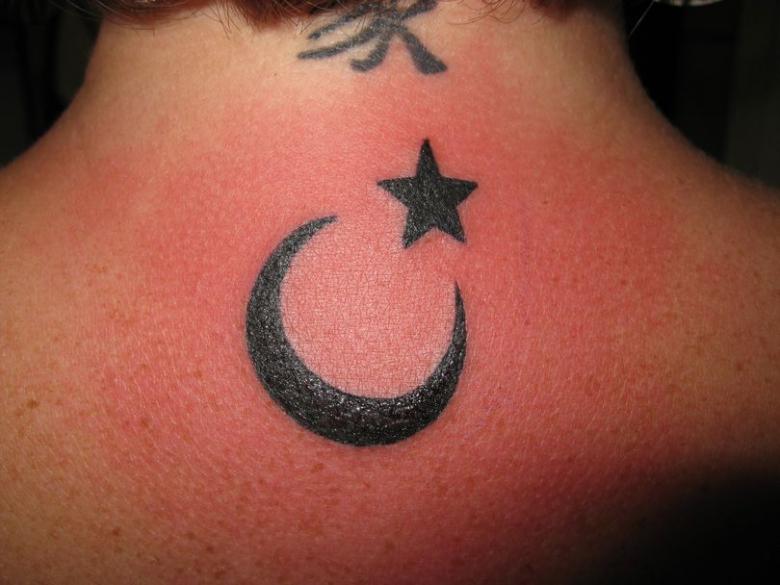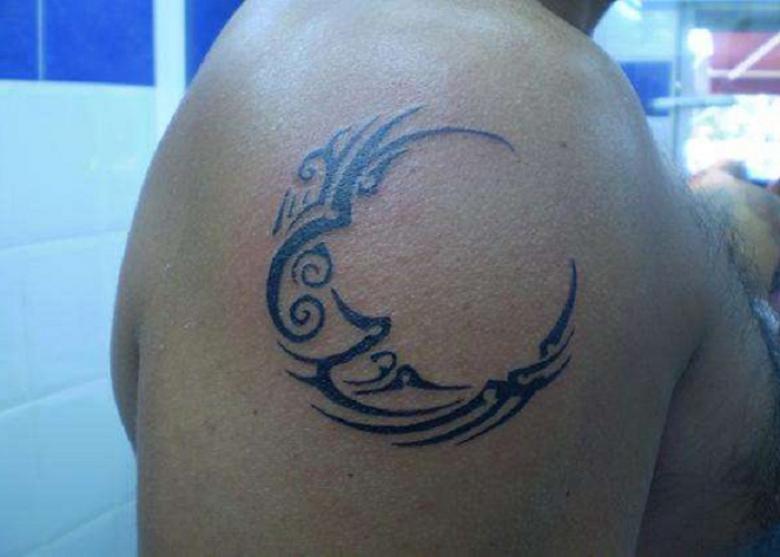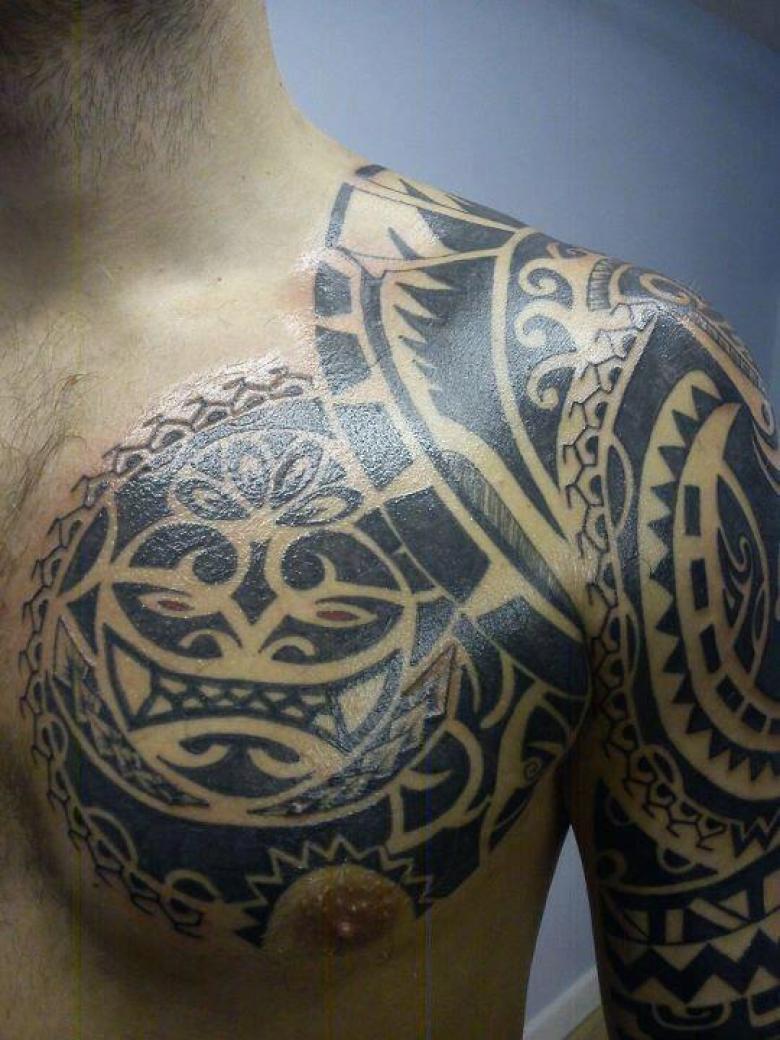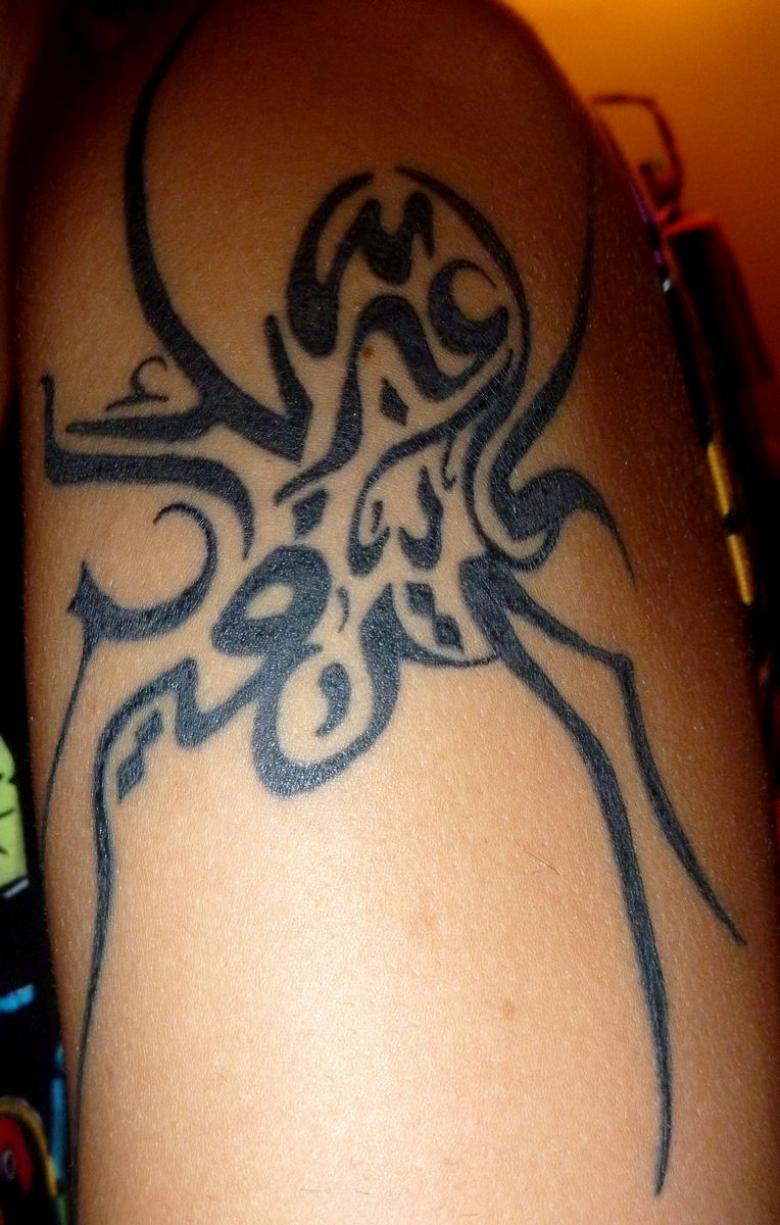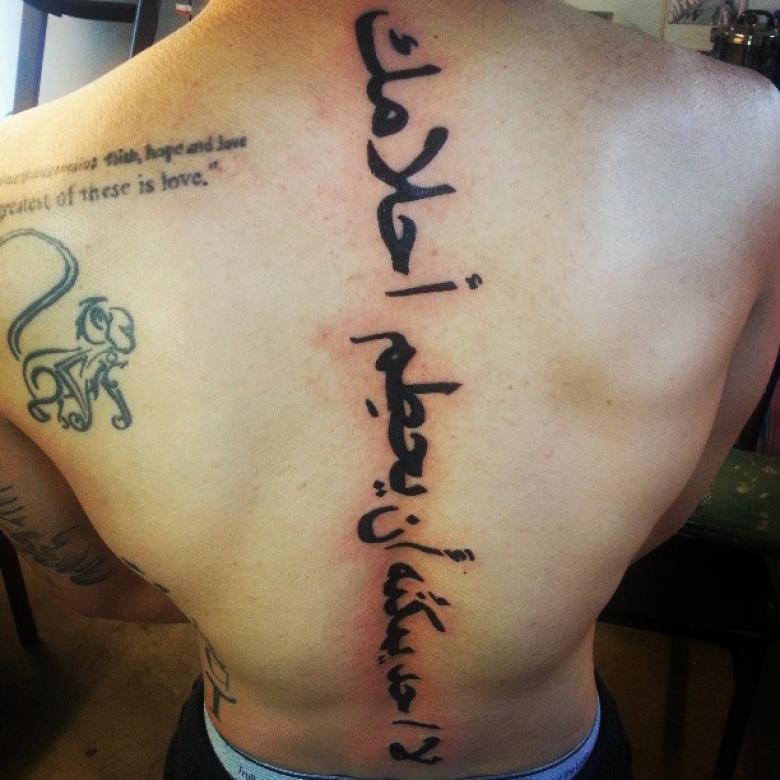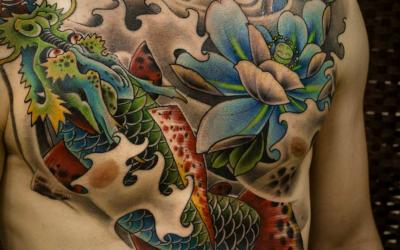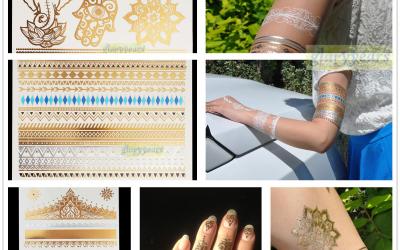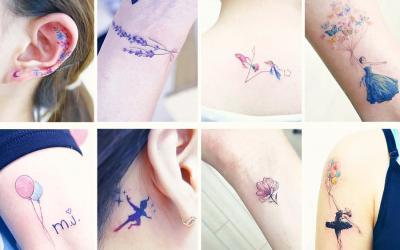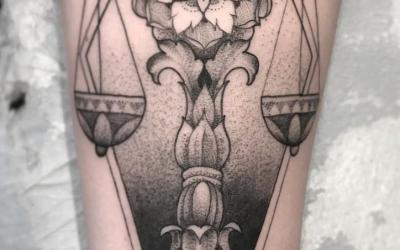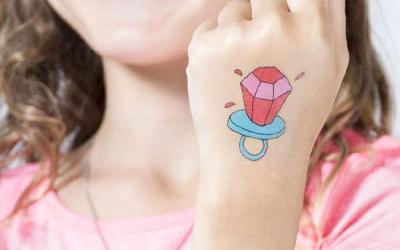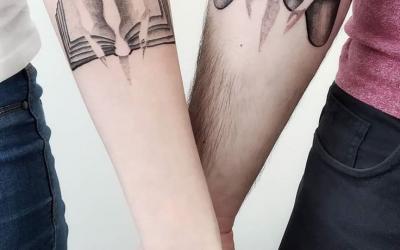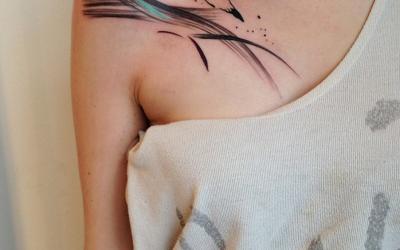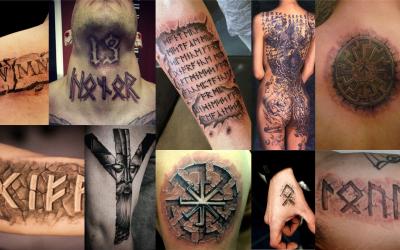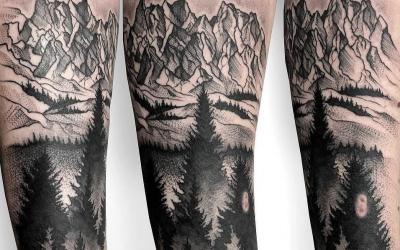Arab (Muslim) tattoos - history and symbolism, how to choose an inscription with a translation for girls, photos and videos
The mystery of the Arab world is not easy to solve. With the appearance of tattoos with Arabic symbols, many have become interested in the world of Arab culture, more and more diving into its mysteries. So what are Muslim tattoos?
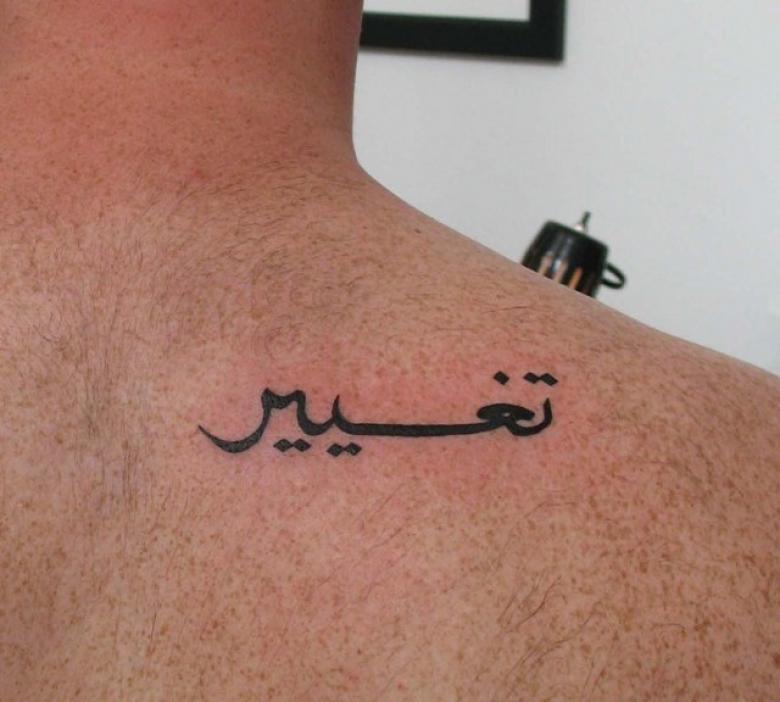
A few years ago the use of the words "Muslim" and "tattoos" was impossible to imagine, but in modern times people are not just breaking bans, but also overcoming their own prejudices. Thanks to this, a new category has emerged in the world of tattoos: Muslim or Arabian tattoos.
Islam and prejudice
Why is it forbidden for Muslims to get a tattoo?
First of all, according to the conviction of the Islamic religion, the body must remain in its original form, so any such "decoration" of the body is equated with committing a sin. There is another version: followers of religion need to wash their bodies before each prayer and after each defecation, and the presence of religious symbols on clothing or accessories is not allowed, and if there is a tattoo, there is no way to "remove" it.

At the same time, religion does not forbid drawing pictures on the body, as long as the process is reversible. That is why henna drawings are so widespread in the Arab world - they can be removed and the person's appearance remains unchanged.


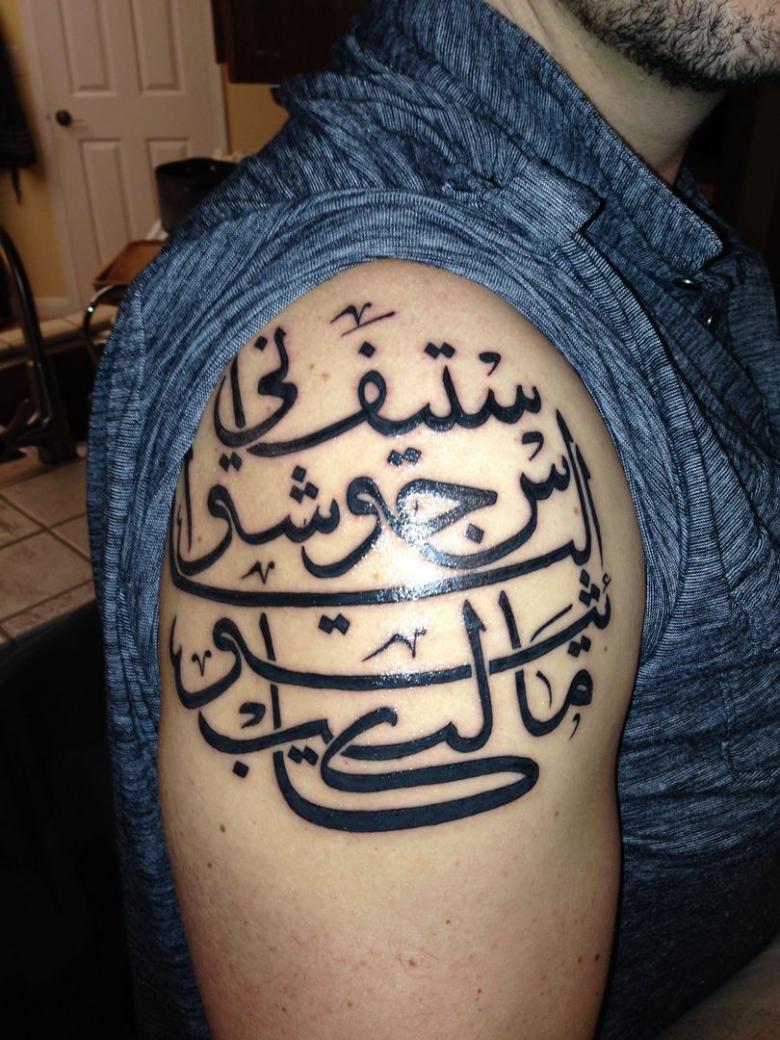
Tattoos in Muslims
Often, Muslims have tattoos for those who converted to the Islamic religion already have a tattoo on their body. At the same time, it is not recommended to remove existing tattoos, as there is a risk of skin diseases. According to religious people, if you can not get rid of a tattoo, so it must be, because the Almighty knows better what a person needs.
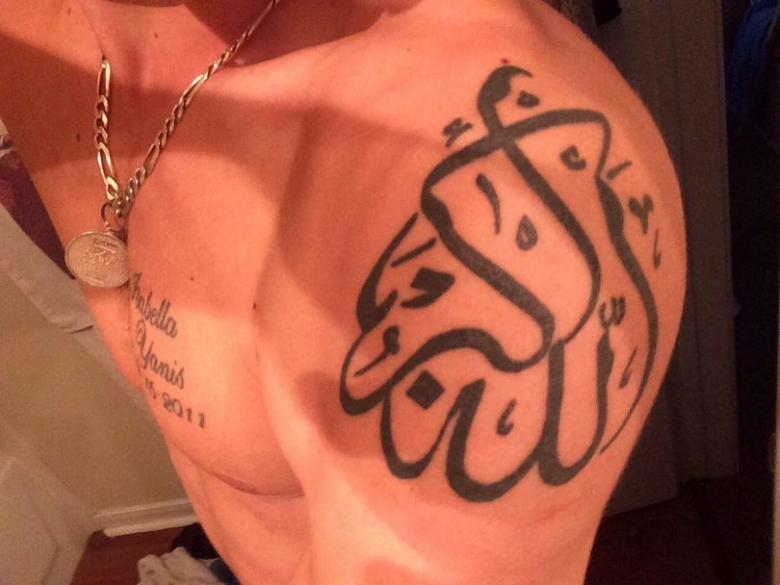
Also tattoos are a common phenomenon among those who are not zealous adherents of religion, and do not have any prejudices on this subject.
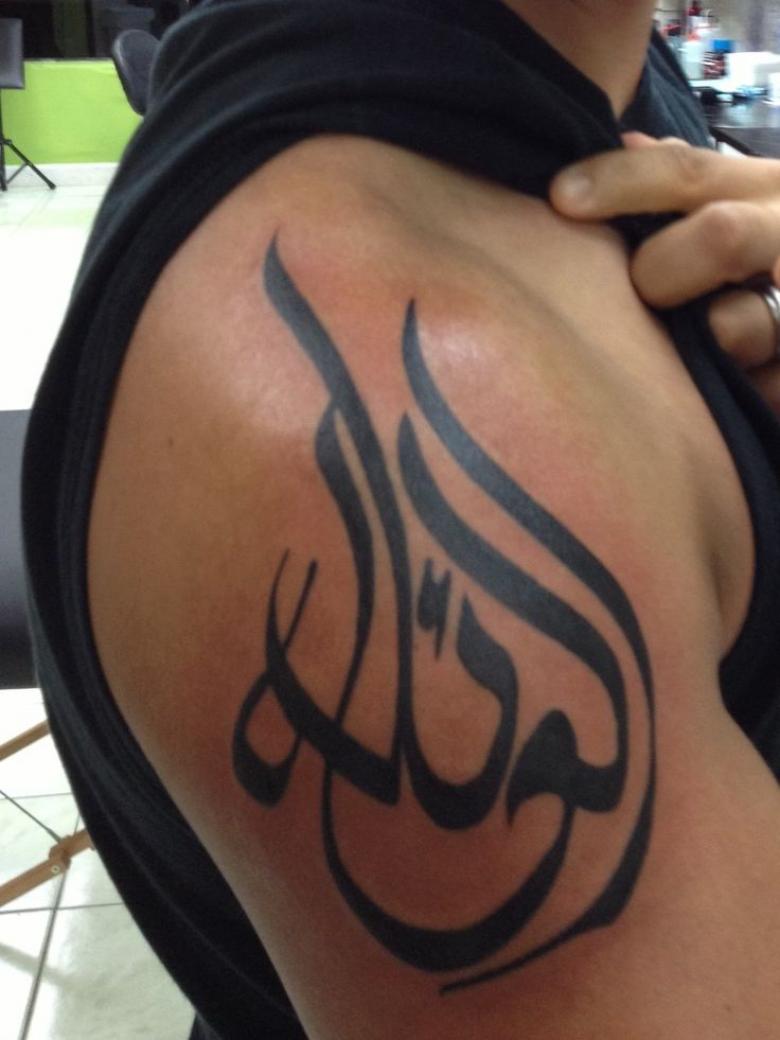
Despite the existence of religious prohibitions, in the Arab world the art of tattooing still has its place. In most cases Arabian tattoos have the meaning of a talisman, which is how the Muslim tattoos originated.
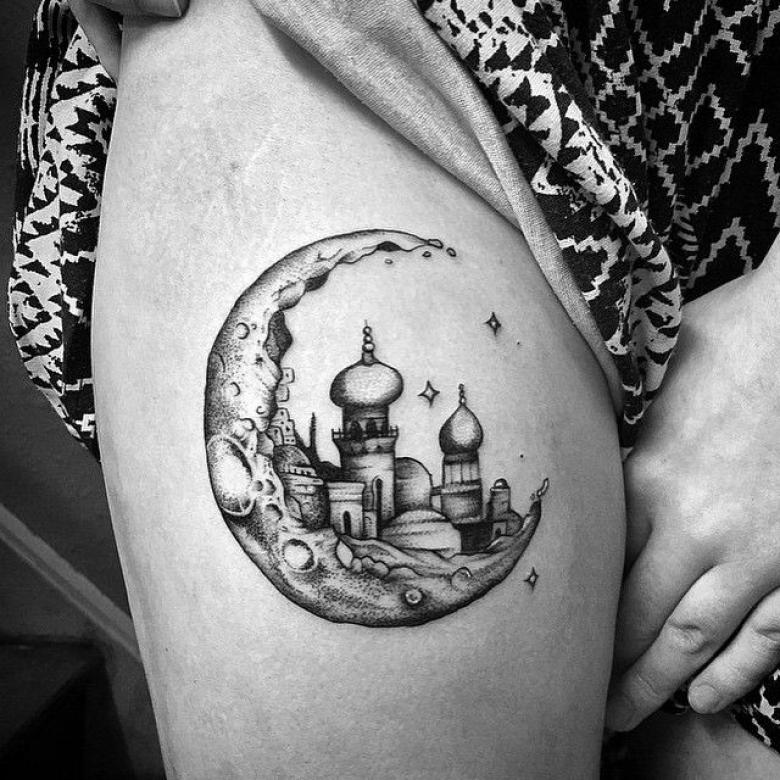
In ancient times it was believed that the picture on the body may protect people from evil deeds, so in the special course was the drawing of religious symbols, and even the image of a mosque. In the modern interpretation Arabian tattoos are represented in the form of inscriptions or symbols. Any inscription will have a certain meaning, some people, putting a special meaning, stuffing the tattoo with entire phrases.
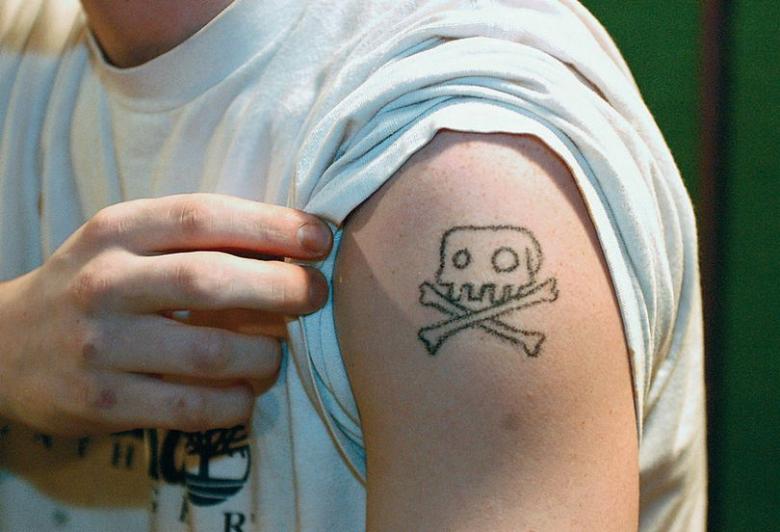
Types of Arabic tattoos
Temporary tattoos. Most often, the temporary tattoos are resorted to by the fair sex. Feature of the tattoo is that over time it washes away. Some girls still prefer henna drawings, as they are forbidden to make tattoos by older family members.Inscriptions. Any inscription or phrase in Arabic has a certain meaning. Therefore, such a tattoo must be done with caution, fully learning and understanding the meaning of the translation of a particular inscription or a whole phrase.
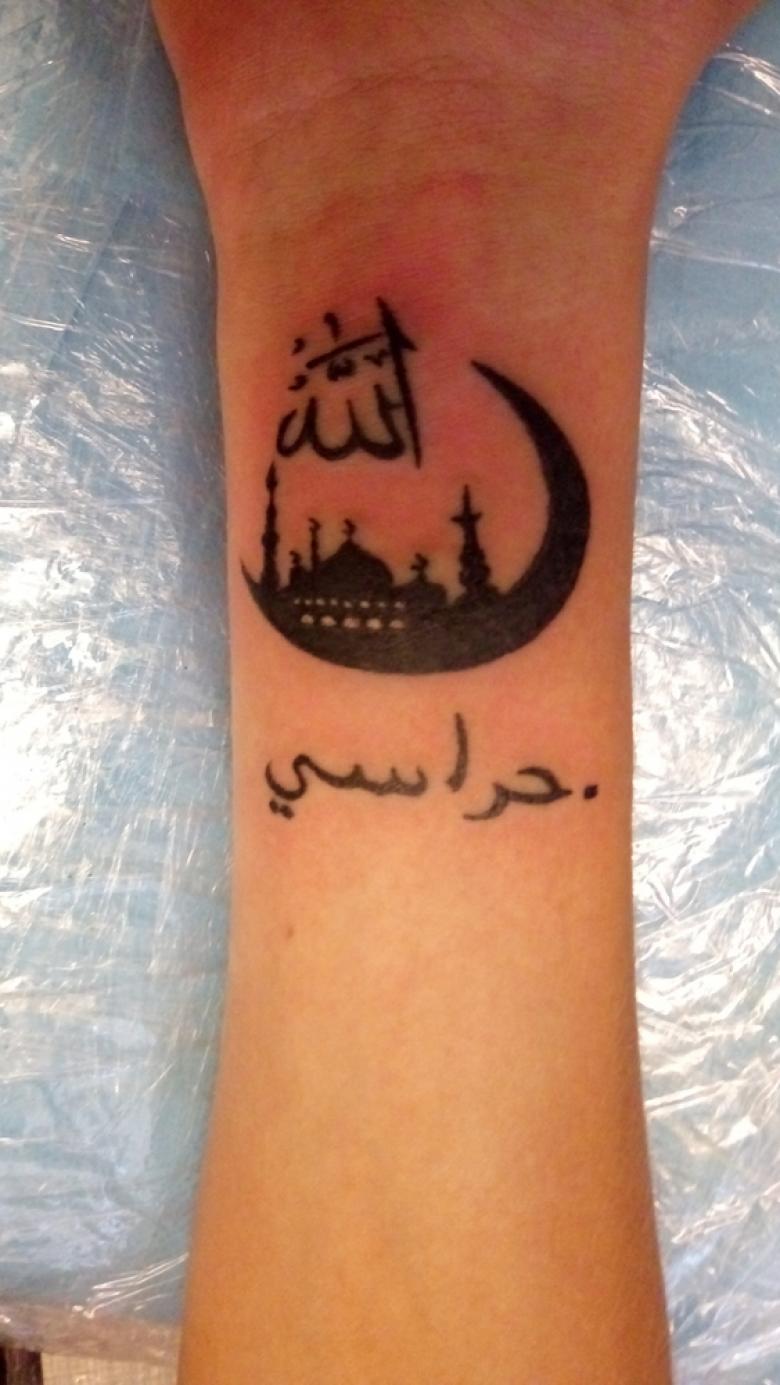
Symbols. Most of the symbols that are taken for the tattoo design are closely related to the Islamic religion. From what many followers of Islam forbid this type of drawing on the body. The crescent moon, the "Fatima" hand, the image of a mosque, etc. are Muslim tattoos that are most popular with those who praise the Almighty or simply have no prejudice.
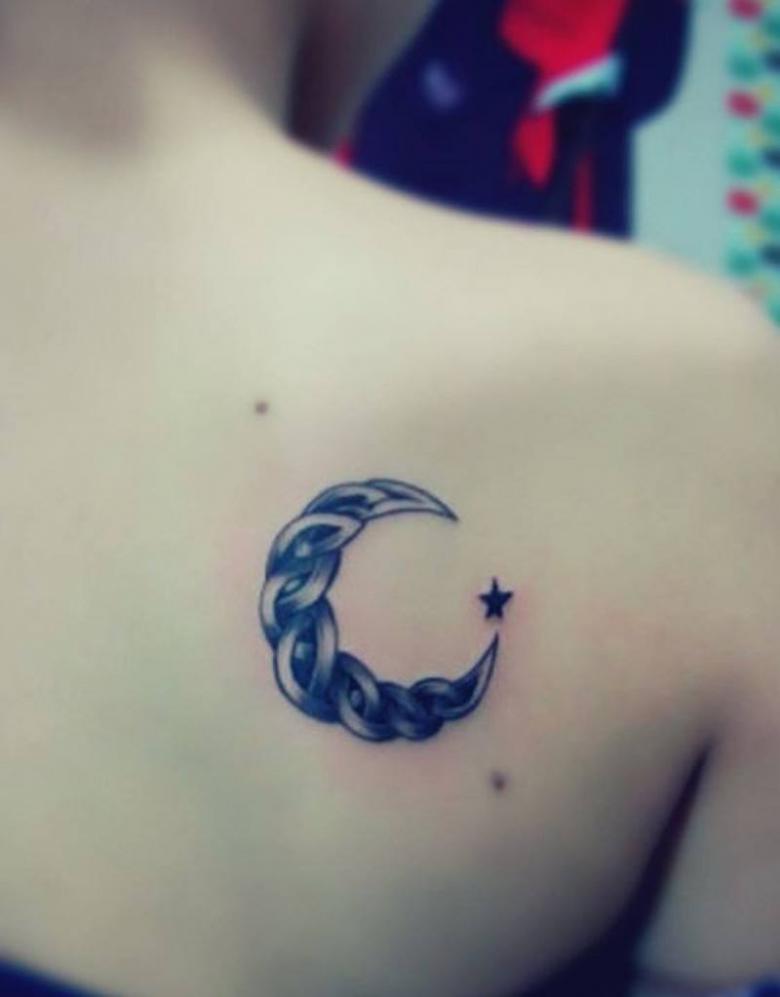
The meaning of Arabic tattoos
The uniqueness of Arabic tattoos lies in their hidden meaning. Arabian language is not widespread and many do not speak it, so for the others your tattoo can be just an inscription, but for you carry a deep and important message. Each tattoo has a certain meaning, both common and personal. Since some Islamic symbols are most often used in the form of a tattoo design, some meanings are still known.
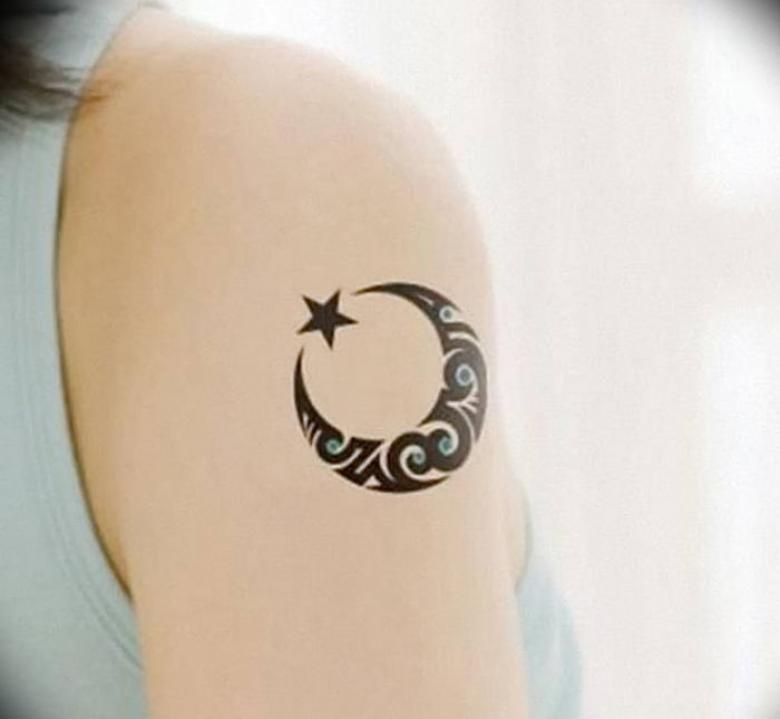
- Crescent Moon. This symbol is not just the main symbol of the Islamic religion, but also carries the meaning of mystery, secrecy, balance.
- Mosque. Vividly expresses the attachment of the tattoo holder to the desire to be closer to the Almighty and faith in him.
- The rosary. Quite a rare pattern, occurs not often. Carries the meaning of the circle of life.
- Sword. Means courage and honor, resignation to fate.
- The hand of Fatima ("Hand of Miriam", Hamsa). One of the few common tattoos, which is considered a powerful amulet. Most often found in girls. In Arab culture, symbolizes the five pillars of the Islamic religion.
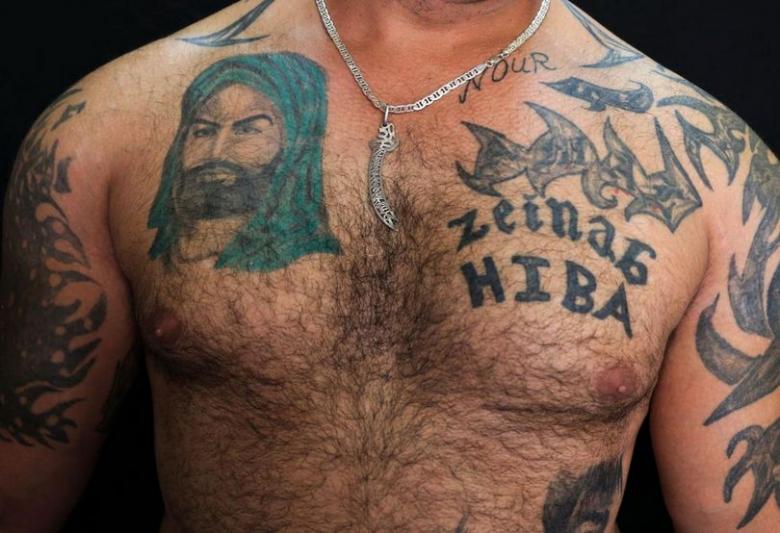
Where is the best place to get a Muslim tattoo?
Most often, Arabian tattoos are popular among men. And men get tattoos on a variety of body parts: shoulders, forearm, wrist, palms, hands, fingers, neck, chest, side, back, shoulder blades, legs.
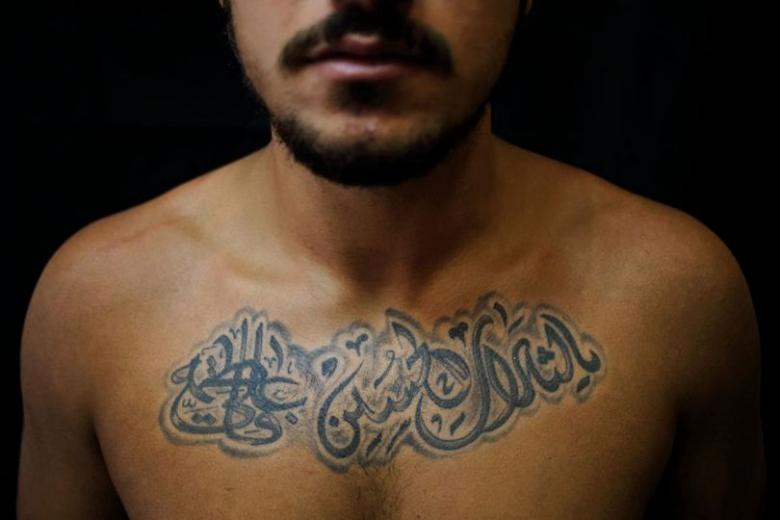
How to choose a sketch and a good master?
Before entrusting the sketch to a master, think carefully about what exactly and where you want to tattoo. Given the meaning of Arabic tattoos, it is necessary to choose "your" tattoo, close to you in meaning and carrying a certain message in your life. Nowadays there are a lot of pictures and videos of Arabian tattoos on the Internet, you can first look at them and already choose what you liked.
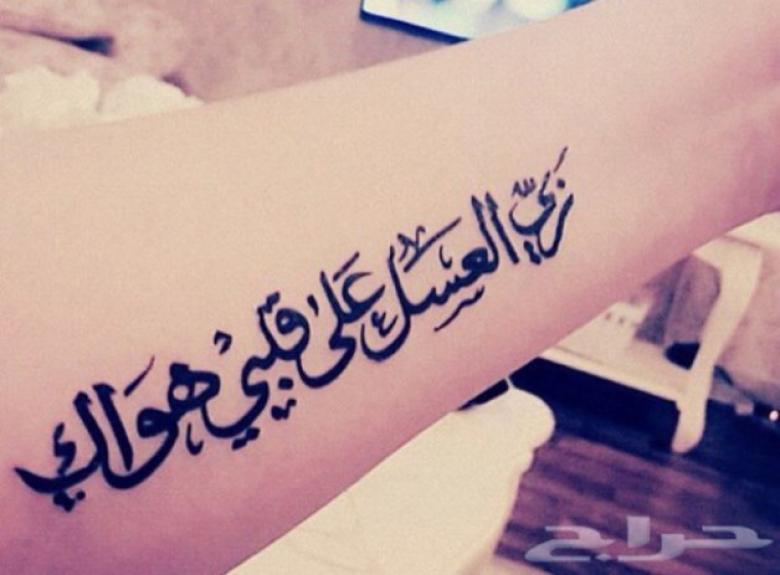
The choice of a good master does not depend on the chosen theme of tattoo. The master of his craft will always offer you the best sketches and perform their work qualitatively.
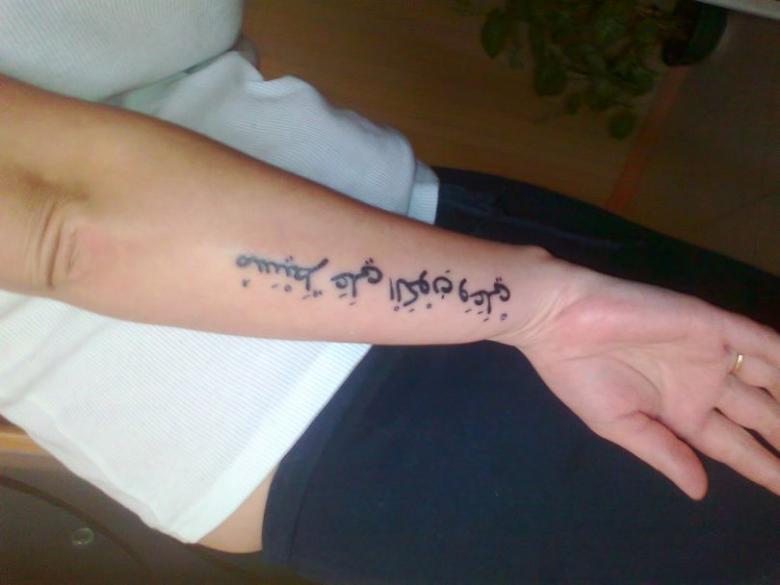
The mystique of the Arabian world in a tattoo
Arabian inscriptions and symbols, in addition to a certain meaning and translation, have an enchanting and beautiful look, characterized by some mystery and majesty. Such a tattoo will always look special, it is impossible to perform it in a formulaic way.
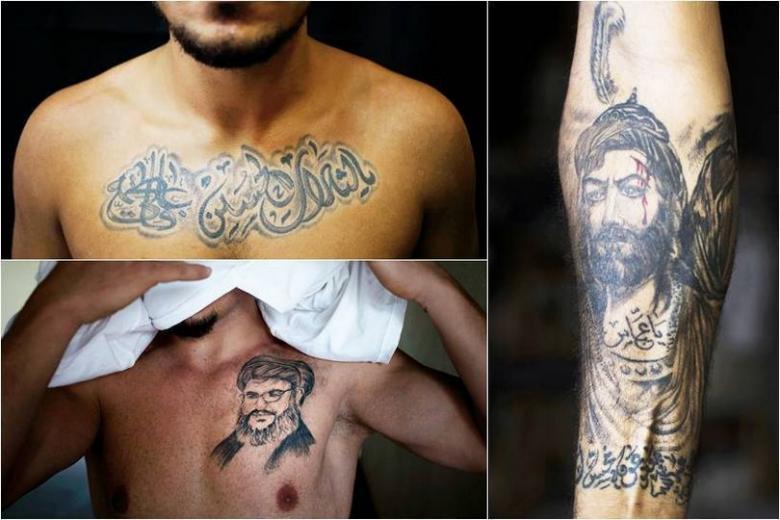
In addition to Arabic symbols, you can use Arabic calligraphy so as not to tie yourself closely to the religion. Ordinary Arabic inscriptions are also very common in modern times, the most important criterion for such a tattoo will be the correct translation into Arabic.

